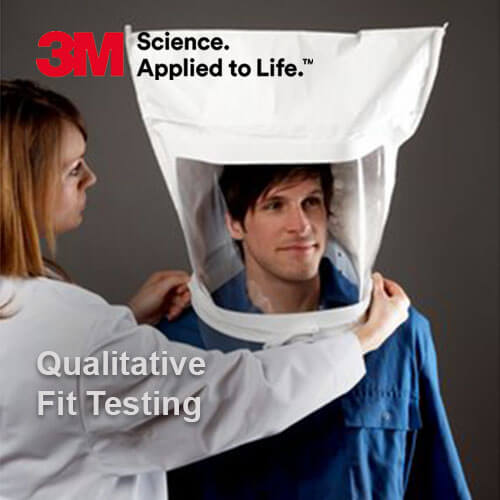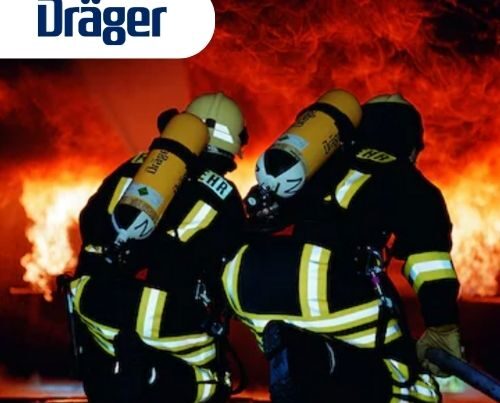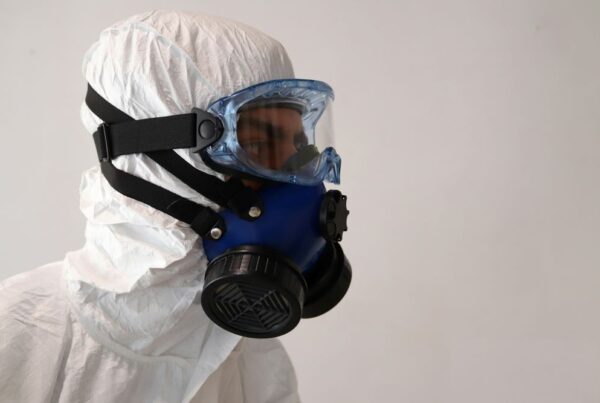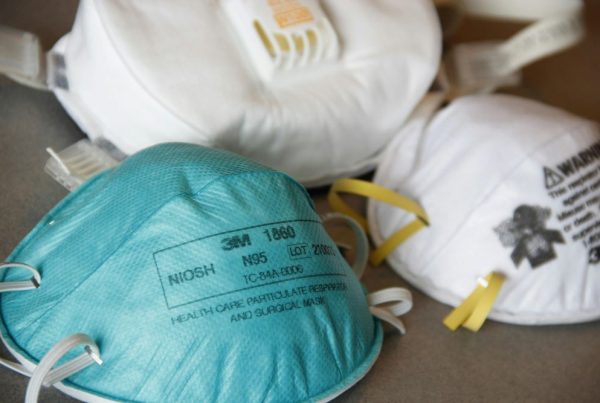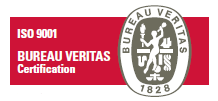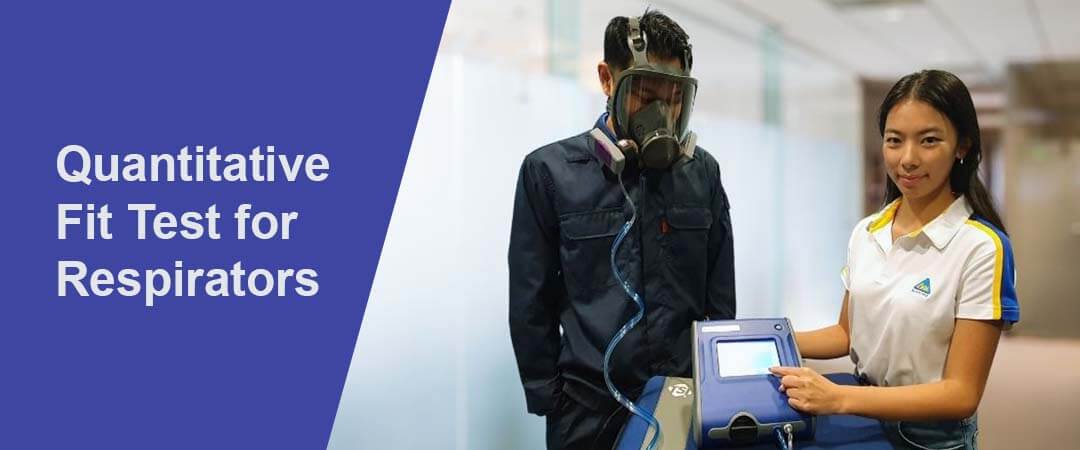
The Only Certified Quantitative Respirator Fit Tester Available in Jurong Island
Fit testing of tight-fitting respirators is now required in a number of countries around the world. In the US, the Occupational Safety and Health Administration (OSHA) specifies when and how fit testing is to be done. This includes fit-testing filtering facepieces, reusable respirators with cartridges and filters, and tight-fitting facepieces that are used with powered or supplied air systems. Loose-fitting respirators (e.g. hoods, helmets and loose-fitting facepieces used with powered or supplied air respirators) are not required to be fit tested.
Qualitative Fit Test (QLFT)
There are different types of fit test methods. Qualitative fit test (QLFT) methods rely on a taste, smell or irritation from the test agent. These include isoamyl acetate, saccharin solution aerosol, Bitrex™ (Denatonium Benzoate) solution aerosol, and irritant smoke (stannic chloride).
Quantitative Fit Test (QNFT)
Quantitative fit test (QNFT) methods generate a numerical assessment of respirator fit. These include ambient aerosol condensation nuclei counter (e.g., PortaCount®Respirator Fit Tester) and controlled negative pressure (CNP). A third method, the generated aerosol method, is mainly used in certain laboratories, and not as much by respirator users. In contrast, the PortaCount® and CNP methods are more widely used.
Lim Kim Hai Electric is qualified to conduct Quantitative Fit Testing using PortaCount® Pro+. Our fit tester are trained and qualified for its competency. Contact us now to request a Quantitative Fit Testing.
When Do You Need A Quantitative Fit Test (QNFT)?
Either QLFT or QNFT may be used for most classes of tight-fitting respirators, including disposable filtering facepieces. Tight-fitting facepieces used with powered or supplied air systems, must be converted to a negative-pressure respirator with the appropriate cartridge or filter for the specific fit test method. There are a few exceptions when QNFT is required:
- If an assigned protection factor (APF) of 50 is needed while using a full facepiece in negative-pressure air-purifying mode (i.e., used with cartridges or filters). APF is expected level of protection when used in an effective respirator program that meets all of the relevant OSHA requirements (e.g., reduces inhalation exposure by a factor of 50).
- If a supplied-air respirator (SAR) or self-contained breathing apparatus (SCBA) is used in demand mode (uncommon and distinct from continuous flow or pressure-demand mode).
- If facepieces are used in SCBAs for structural firefighting, per the National Fire Protection Association.
Differences Between Qualitative and Quantitative Fit Testing
| Qualitative Fit Testing (QLFT) | Quantitative Fit Testing (QNFT) | |
| Test Exercises | One minute each: normal breathing, deep breathing, turning head side to side, moving head up and down, talking, bending over (or jogging) and normal breathing. | Same as QLFT, plus grimace. An alternate shortened exercise regimen “Redon” is allowed for Controlled Negative Pressure (CNP).There are alternative shortened exercise regimens for both CNC and CNP (“Modified Ambient Aerosol” protocol for CNC; “Redon” for CNP). |
| Subject Participation | Tester must verify that subject can detect challenge agent (sensitivity test). Subject must indicate if he/she detects challenge during the fit test. | Machine calculates result. CNP: subject or administrator pushes button for 8 seconds while measurement taken. |
| Pass/Fail Criteria | Pass if subject does not detect challenge agent | Minimum fit factor of 100 for half facepieces and 500 for full facepieces |
| Acceptable Challenges | Aerosol: Denatonium benzoate (bitter), sodium saccharin (sweet), stannic chloride (irritant smoke); OR Vapor: isoamyl acetate (banana oil) |
Aerosol: Sodium chloride, corn oil, etc. OR CNP (air) |
| Number of Simultaneous Tests | Potential to fit test up to 5 individuals at once | Must fit test one person at a time per machine |
| Type of Respirator or Filter Required | Particulate respirator or filters are required for methods using aerosol challenges; organic vapor respirators or cartridges are required for the isoamyl acetate method. | Particulate respirator or filters are required for aerosol challenges; adapters (no filters) are required for CNP. |
| Probed Facepiece or Adapter Required | No | Yes |
PortaCount Respirator Fit Tester
YouTube Video courtesy of TSI Incorporated
Is Quantitative Fit Testing Better than Qualitative Fit Testing?
US OSHA accepts both QLFT and QNFT. Studies have been published regarding the advantages and disadvantages of QNFT. It should be noted that little to no correlation was found between quantitative fit factors and respirator performance unless poor-fitting respirators were included in the analysis. In other words, those subjects who failed a quantitative fit test also showed lower respirator performance.
But higher fit factors above the minimum requirement did not necessarily translate to higher respirator performance. Rather, wearers who pass either a qualitative or quantitative fit test and are part of complete respirator program that meets all local regulatory requirements can expect their respirator to reduce inhalation exposure according to the assigned protection factor (e.g., by a factor of 10 for half facepiece respirators).
Click the image below to understand more about Qualitative Fit Testing.

